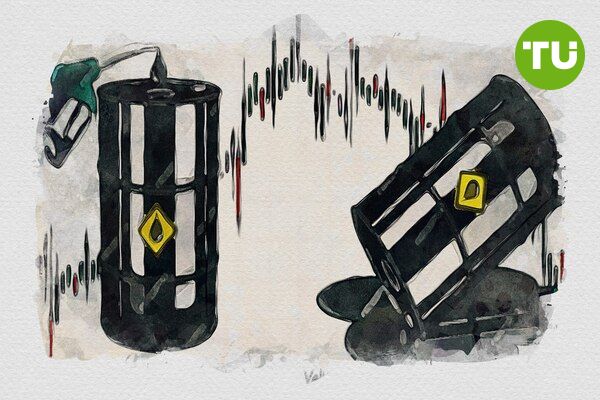Saudi Arabia raises oil prices as market reacts to tariffs and supply risks
 Aramco hikes March oil prices as demand concerns and supply risks impact global crude markets
Aramco hikes March oil prices as demand concerns and supply risks impact global crude markets
Saudi Arabia has increased official selling prices (OSPs) for crude oil in March, reinforcing bullish sentiment in the energy markets despite ongoing global trade tensions. Aramco’s flagship Arab Light crude destined for Asia saw its price rise by $2.40 per barrel, reaching $3.90 per barrel above the regional benchmark, marking the highest level since December 2023.
This move follows strong demand from China and India, as well as concerns over Russian supply disruptions due to sanctions.
USOIL price dynamics (Dec 2024 - Feb 2025) Source: TradingView.
Oil market reacts to supply and demand shifts
The market's reaction to Saudi Arabia’s price adjustments comes at a time of heightened uncertainty. WTI crude rebounded to $71.10 per barrel, recovering from three consecutive days of losses. The bounce follows a sharp drop earlier in the week, driven by an 8.66 million-barrel increase in U.S. crude inventories, the largest build in almost a year. The unexpected rise in stockpiles, reported by the Energy Information Administration (EIA), signaled weaker near-term demand, putting downward pressure on prices.
Meanwhile, colder-than-expected weather conditions boosted distillate fuel demand, leading to a 5.47 million-barrel decline in distillate stocks, the largest drop since early 2022. Analysts note that this temporary seasonal demand could provide support to crude prices despite broader concerns over a potential slowdown in consumption.
Geopolitical tensions and trade concerns
Adding to market volatility, U.S. President Donald Trump’s renewed pressure on Iran could eliminate up to 1.5 million barrels per day from global oil markets. While these sanctions heighten supply risks, the market's focus has largely shifted toward U.S.-China trade tensions. China’s decision to impose tariffs on American crude oil, liquefied natural gas (LNG), and coal has raised concerns about declining demand.
Analysts caution that retaliatory tariffs from Beijing could lead to first decline in U.S. crude oil exports since the COVID-19 pandemic, following a plateau in 2024. If the trade dispute escalates, global demand expectations could weaken further, potentially capping oil’s recovery despite Saudi Arabia’s price increases.
Previously discussed, oil prices have been reacting to Saudi Arabia’s price hikes, U.S. inventory reports, and geopolitical risks. While Aramco’s price adjustments signal confidence in demand from Asia, ongoing trade tensions and supply fluctuations could continue to drive volatility in the market.













































































































































